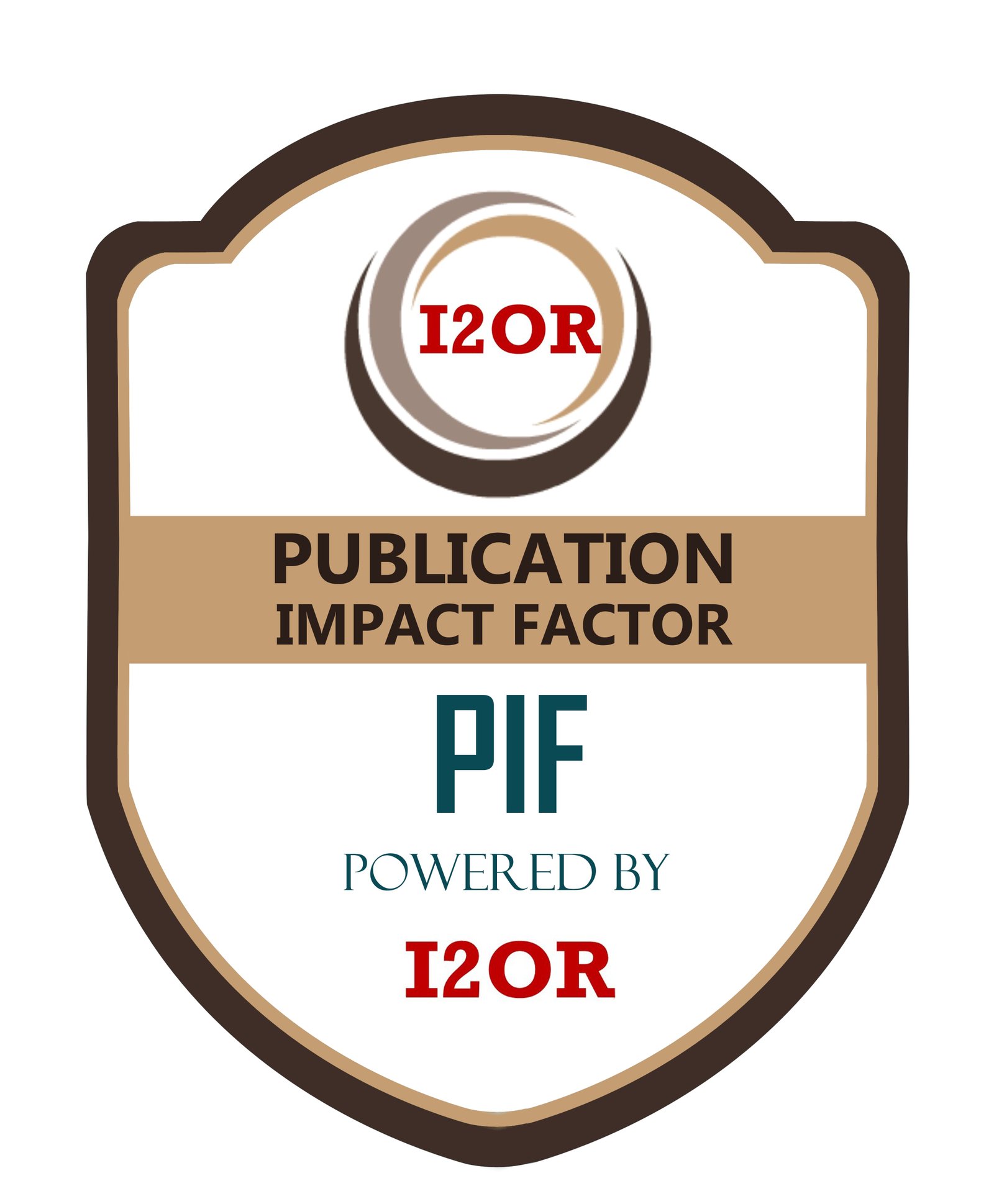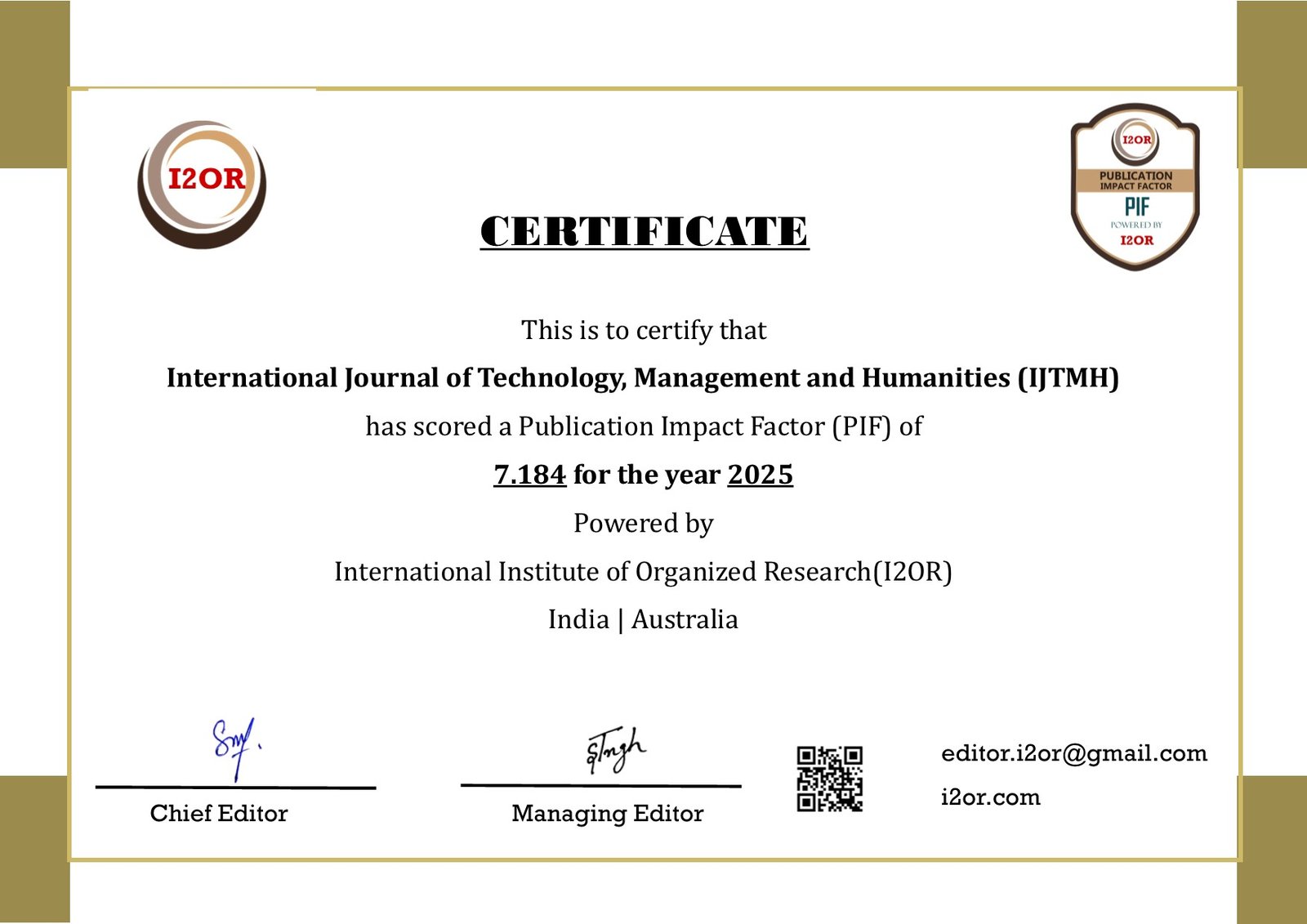Generative Diffusion Pipelines for Rare and Extreme Driving Event Simulation
DOI:
https://doi.org/10.21590/Keywords:
Generative diffusion models, Rare event simulation, Autonomous driving, Extreme driving scenarios, Edge case generation, Multi-modal data fusion, Scenario diversity, Vehicle trajectories, Autonomous vehicle testing, Simulation pipelinesAbstract
Simulation of rare and extreme driving events is critical for the development and validation of autonomous vehicle systems, enabling them to safely navigate complex and hazardous scenarios. Traditional simulation approaches often struggle to generate realistic, diverse, and high-fidelity scenarios due to the scarcity and unpredictability of such events in real-world datasets. This paper proposes a novel generative diffusion model-based pipeline designed specifically for simulating rare and extreme driving events to enhance training and testing of autonomous driving systems.
Our approach leverages the power of diffusion probabilistic models, which iteratively transform random noise into structured, high-quality driving scenarios by learning the data distribution from rare event datasets. Unlike conventional generative adversarial networks (GANs), diffusion models offer improved training stability, better mode coverage, and superior sample diversity, addressing critical challenges in rare event synthesis.
The pipeline integrates multi-modal data including vehicle trajectories, environmental conditions, sensor inputs, and traffic participant behaviors, synthesizing scenarios that capture complex interactions and edge cases such as sudden obstacle appearance, adverse weather effects, and aggressive driving maneuvers. Extensive experiments conducted on benchmark datasets and simulated environments demonstrate that our diffusion-based pipeline outperforms existing generative approaches in terms of scenario realism, diversity, and relevance to real-world rare events.
By enabling scalable generation of diverse edge-case scenarios, the pipeline significantly improves autonomous driving model robustness and generalization. We discuss the implications of diffusion model hyperparameters on simulation quality, computational costs, and the integration of this pipeline into broader autonomous vehicle testing frameworks. Future work aims to incorporate real-time adaptive scenario generation and multi-agent interaction modeling to further enhance simulation fidelity.







